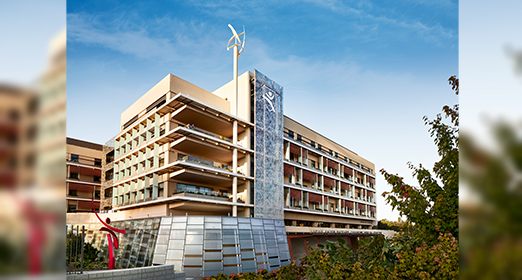Let us introduce you to our team:

Crystal Mackall, MD, is a leader in immuno-oncology and director of the Stanford Center for Cancer Cell Therapy. She specializes in cancer immunotherapy, endowing a child’s immune system with “superpowers” to recognize and kill cancer cells. Learn more at supportLPCH.com/5thFloor.

Maria Grazia Roncarolo, MD, is the director of the Center for Definitive and Curative Medicine. Her goal is to move stem cell and gene therapies to the clinic quickly and to translate basic science discoveries into patient treatments. Learn more at supportLPCH.com/5thFloor.

Matthew Porteus, MD, PhD, is developing an innovative gene-editing system that has the potential to cure sickle cell disease and could one day be applied to cure many other genetic diseases.

Robbie Majzner, MD, is bringing a new immunotherapy for neuroblastoma, sarcomas, and brain tumors to clinical trial soon. If clinical trials succeed, a commercially viable treatment would be likely—and more children could be helped.

Michelle Monje, MD, PhD, is pioneering three new treatments for malignant gliomas, such as DIPG, the deadliest form of pediatric brain cancer, and taking them to clinical trials.

Tony Oro, MD, PhD, and his team are using gene editing along with stem cell technology to treat a devastating skin disease, called epidermolysis bullosa, and possibly other genetic diseases.

Kara Davis, DO, is looking into the leukemia cells that indicate whether a patient might relapse, with the goal to develop therapies and tools for easy and effective diagnoses in the clinic—and prevent relapsed leukemia altogether.

Alice Bertaina, MD, PhD, is using a revolutionary strategy to transplant stem cells from donors with partial compatibility, with the goal of making stem cell transplants accessible to everyone in need.
This article originally appeared in the Fall 2019 issue of Packard Children’s News.
